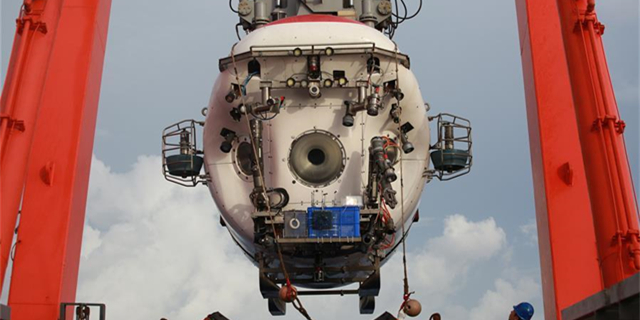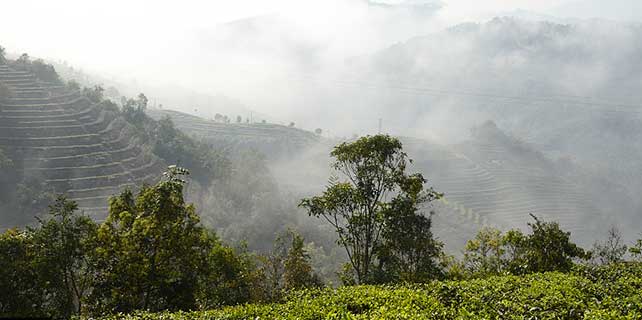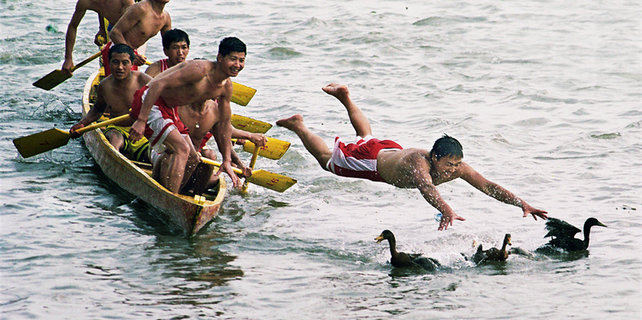Blue Whale 2 to be completed soon
Move is part of effort to enhance energy security and secure available resources
The construction of the ultra-deep-water semisubmersible drilling rig Blue Whale 2, which can mine both combustible ice and oil, will be completed in the second half of this year, according to its manufacturer.China Yantai CIMC Raffles Offshore Ltd, the producer of the Blue Whale 1, succeeded in collecting methane gas trapped in ice-like crystals beneath the surface of the South China Sea last week. It said the functions of the Blue Whale 2 will be slightly different from the first model in terms of flammable ice drilling.
Combustible ice, a particular kind of natural gas hydrate usually existing in seabed or tundra areas, is formed under strong pressure and low temperatures. It is regarded as a clean energy option with high energy density and huge reserves.
CIMC Raffles, a subsidiary of China International Marine Containers (Group) Ltd, the country's transportation equipment producer, did not disclose the owner of the Blue Whale 2.
Eager to enhance energy security and secure more available resources, China will select another location in the South China Sea to test the drilling and production of combustible ice for the second time after three to five years. It hopes to undertake commercial mining by 2030, according to the Ministry of Land and Resources.
"The priority now is to lower production costs and environmental risks," said Lin Boqiang, head of the China Institute for Energy Policy Studies at Xiamen University.
"The 118-meter-tall Blue Whale 1 oil exploration platform is able to reach the seabed 3,658 meters below the surface and dig a record-breaking 15,250 meters into the seabed," said Wang Jianzhong, president of CIMC Raffles.
The Chinese government has set a target of developing deep-sea energy resource production, at depths of 1,500 to 3,000 meters using domestically developed technology during 13th Five-Year Plan (2016-20). It will also enhance mine detection, drilling technology and equipment upgrading for natural gas hydrates and transportation.
"The frequent and fierce typhoons in the deep-water area of the South China Sea are the biggest obstacle to oil exploration. The uncertain temperature also adds to the difficulty in deep-sea drilling," said Yang Yongtao, project manager of CIMC-Raffles' drilling product department.
He said therefore both oil rigs need to have a solid base to eliminate the risk in future operations. Otherwise it will be unable to stand firm, not to mention carry out oil drilling.
Compared with other prototypes being used in the world, the Blue Whale series of products are 30 percent more efficient and 10 percent less energy consuming.
China found combustible ice in the South China Sea in 2007. The land reserves in Qinghai province were discovered in 2009.
















